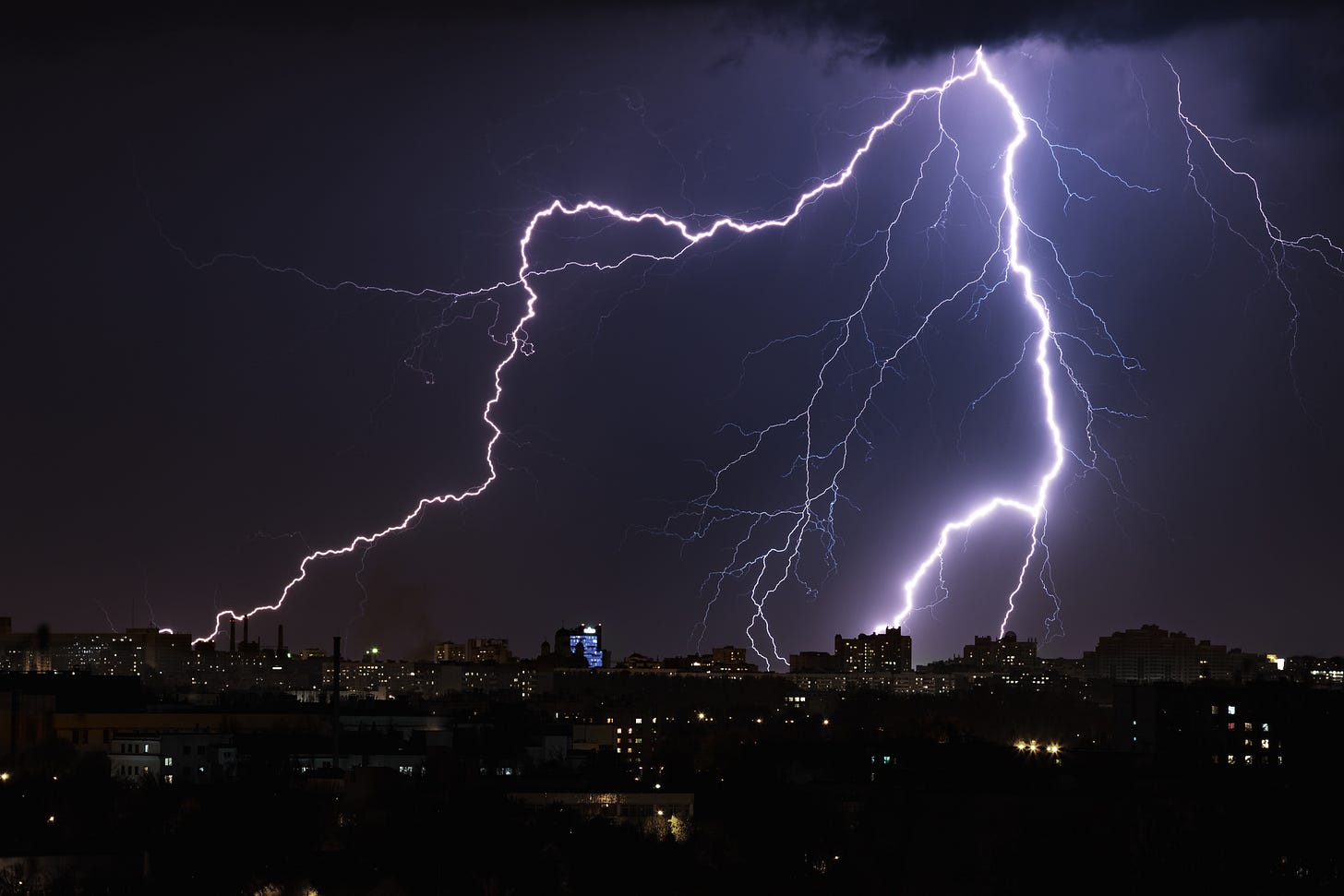Europe Sets Renewable Energy Record, But Consumers Pay Twice As Much
If the media was doing its job instead of providing free marketing and public relations to the renewable energy industry, it would have reported that Europe's energy transition has come at great cost because of massive subsidies, higher taxes, and poor decisions.
Radio news broadcaster Paul Harvey was famous for many reasons, one of which was introducing a phrase into the American lexicon: "And now, the rest of the story." Modern journalists should take note. Not telling the rest of the story is essentially a lie of omission.
A new report by Ember, a renewable energy think tank, shows that energy provided by renewable sources surpassed that provided by fossil fuels in the 27 nations of the European Union in 2020. Specifically, renewables provided 38% of electricity output while fossil fuels provided 37%. Many outlets rushed to report the news.
Wow! History made! (Of course, history wasn't made. Before we knew about fossil fuels, the only source of energy available to us was renewable, such as wind and biomass. We stopped using them for a reason.)
Such optimistic headlines raise two rather obvious questions: (1) What do they mean by renewable energy? (2) If renewable energy is so great, then why isn't everybody using it? The answer to #1 is shown in the following chart taken from the aforementioned report.
Notice that hydroelectric power makes up about 1/3 of Europe's renewable energy production. The dirty secret is that environmentalists now oppose hydropower. Efforts to remove thousands of dams are ongoing, which means environmental activists are now fighting among themselves. The Ember report notes that hydropower did not expand last year in Europe, with all the growth in renewable energy being driven by wind and solar.
That brings up question #2: If it's so great, then why isn't everybody using renewable energy? Besides reliability and energy storage issues, consumers pay higher prices for renewable energy, often in the form of higher fees and taxes. (Energy subsidies are expensive, and somebody has to pay for them.) The following chart is from a Eurostat report issued in 2020:
For example, in Germany, electricity prices keep getting worse. In 2019, the average price was 30.43 (Euro) cents per kWh, which converts to roughly 37 (USD) cents per kWh. (The overall average in Europe is 26 USD cents per kWh.)* In the United States, the average price of electricity is just over 13 cents per kWh, which means Germans pay about three times as much for electricity as Americans. Interestingly, this fact was left out of the fanfare.
Whither Nuclear Power?
The Ember report is not unbiased. For instance, it gloated that nuclear power is in decline, which is sort of like bragging that you made an "F" in science class. Nuclear is the best solution to provide energy and address climate change, yet Europe wants to ignore it on purely ideological grounds.
So, if the media were doing its job instead of providing free marketing and public relations to the renewable energy industry, it would have reported that Europe's energy transition has come at great cost because of massive subsidies, higher taxes, and poor decisions (like eliminating nuclear).
And now you know the rest of the story.
*Note: The average price of electricity for all of Europe is 21.13 (Euro) cents per kWh, which converts to about 26 (USD) cents per kWh. Therefore, the average European is paying twice as much for electricity as the average American.
This article was originally published at the American Council on Science and Health.






